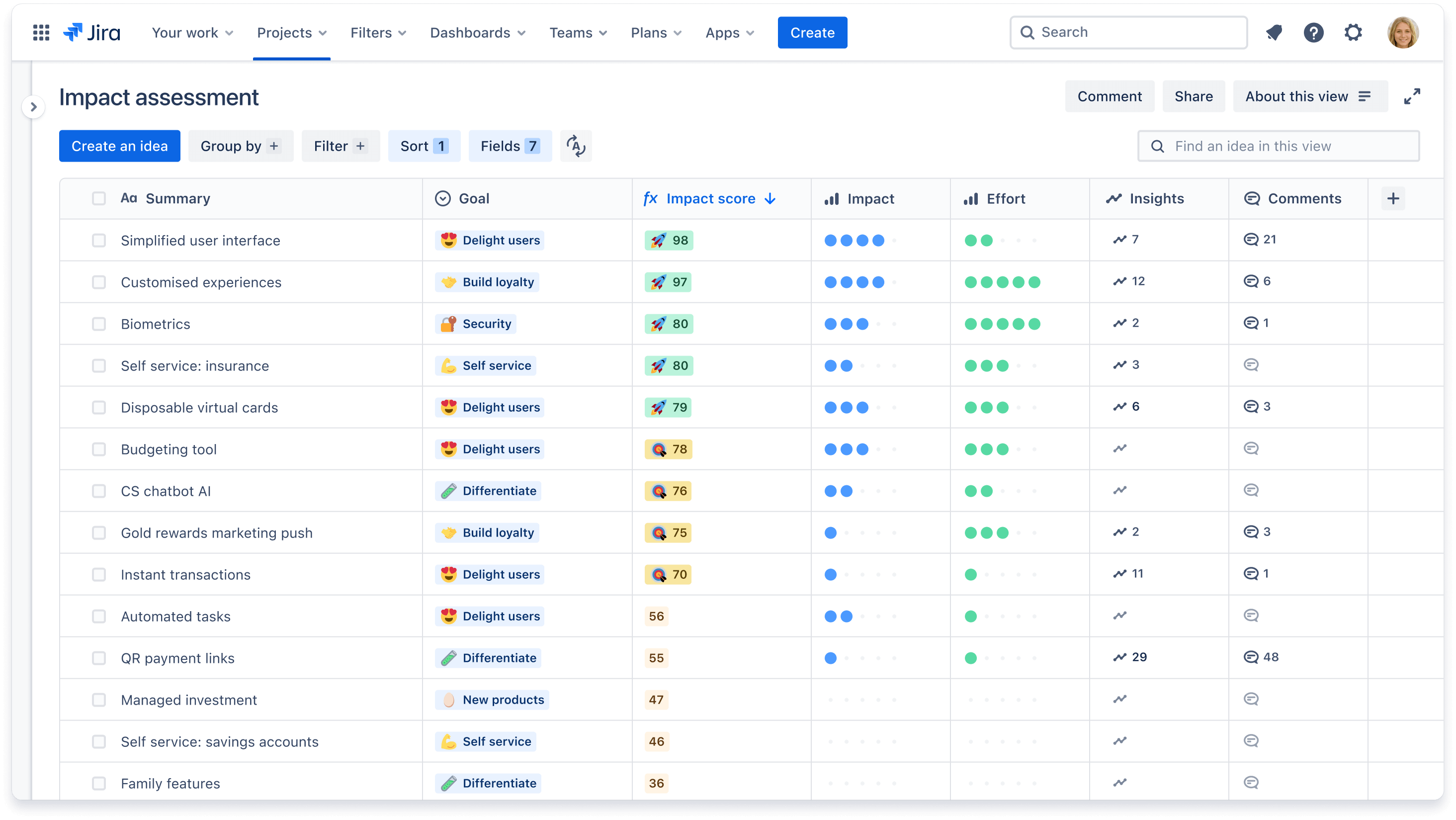Annual planning: 6 steps to set effective goals
Browse topics
Planning your year keeps your team focused on what matters most. A thoughtful annual plan helps you prioritize initiatives, allocate resources wisely, and track progress toward your most important goals. But where to start?
Learn more about annual planning, its benefits, what to include when creating one, and helpful tools to leverage.
Ready to start planning your next year? Get Jira Product Discovery free
